Home>Gardening & Outdoor>Landscaping Ideas>When To Cut Back A Wildflower Garden
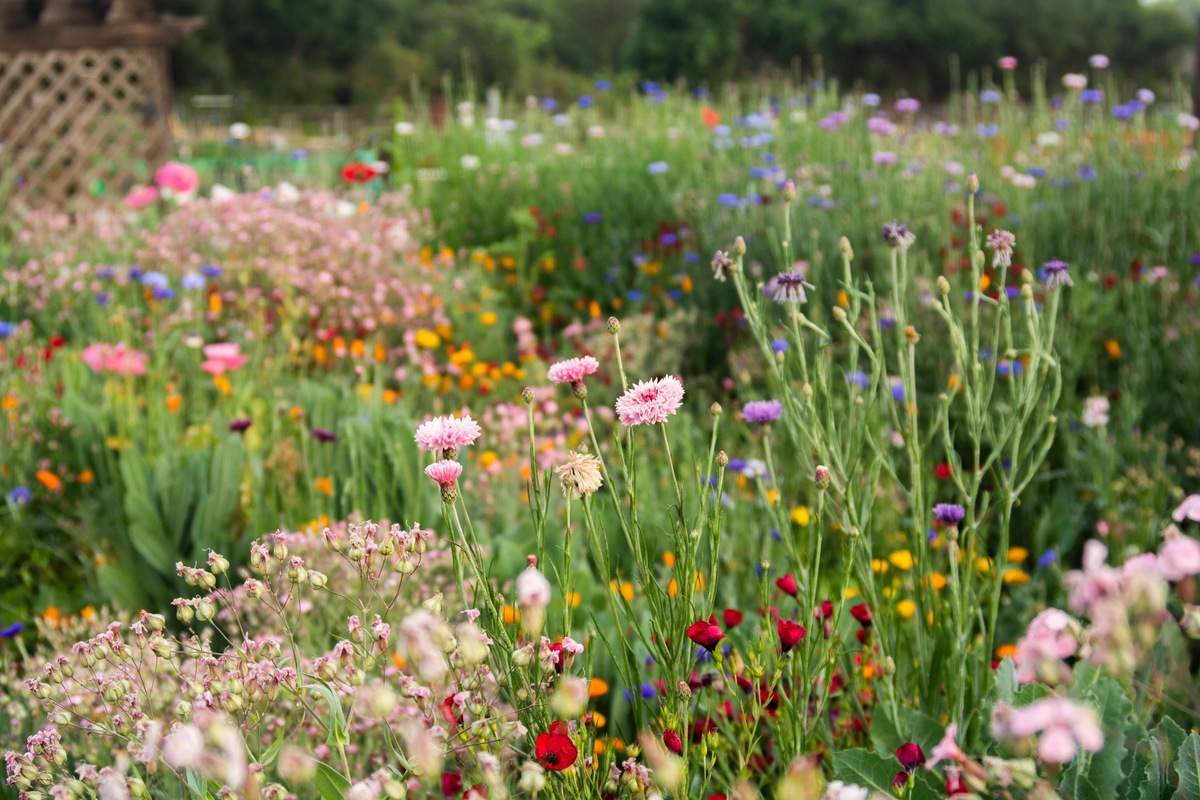

Landscaping Ideas
When To Cut Back A Wildflower Garden
Modified: December 25, 2023
Discover the best landscaping ideas for cutting back a wildflower garden at the right time. Learn how to maintain a beautiful and thriving garden with our expert tips.
(Many of the links in this article redirect to a specific reviewed product. Your purchase of these products through affiliate links helps to generate commission for Storables.com, at no extra cost. Learn more)
Introduction
Wildflower gardens are a delightful addition to any landscape, offering a natural and vibrant display of colors and textures. These untamed patches of floral beauty can bring a touch of wilderness to your outdoor space, attracting pollinators and adding a sense of whimsy to the surroundings. However, while the wild and sprawling nature of these gardens is part of their charm, there comes a time when they benefit from a gentle touch to maintain their health and beauty.
In this article, we will explore the art of tending to a wildflower garden, focusing on the best practices for cutting back these natural havens. Understanding the growth patterns of wildflowers, recognizing the signs that indicate the need for trimming, and knowing the optimal time and methods for this horticultural task are essential for preserving the vitality of your wildflower garden.
As we delve into the intricacies of wildflower care, you will gain insights into the rhythm of nature and the symbiotic relationship between human intervention and the untamed beauty of these floral wonderlands. Whether you are a seasoned gardener or a novice enthusiast, the knowledge shared here will empower you to nurture your wildflower garden with confidence and expertise.
Join us on this journey of discovery as we uncover the secrets of when and how to cut back a wildflower garden, ensuring that its splendor continues to enchant both you and the natural world around you.
Key Takeaways:
- Knowing when to cut back a wildflower garden is crucial for maintaining its health and beauty. Look for signs like overgrowth, fading blooms, and invasive plants to determine the right time for trimming.
- The best time to cut back a wildflower garden is in late summer or early fall, but it depends on the specific species. Use sharp tools, target overgrown areas, and provide post-trimming care for a thriving garden.
Read more: When To Cut Back Mums
Understanding Wildflower Growth
Wildflowers, unlike traditional garden blooms, follow a unique and often unpredictable growth pattern. These hardy plants have evolved to thrive in diverse environments, adapting to varying soil conditions, moisture levels, and sunlight exposure. As a result, their growth can be characterized by a certain wildness and resilience that sets them apart from more cultivated flora.
One of the defining features of wildflowers is their ability to self-seed and spread naturally, creating a tapestry of colors that evolves with each passing season. This natural reseeding process contributes to the wild and untamed appearance of these gardens, allowing them to flourish with minimal human intervention. Additionally, wildflowers often exhibit a prolonged blooming period, with different species taking center stage at different times throughout the growing season.
Understanding the growth habits of wildflowers is essential for effectively managing and maintaining a wildflower garden. By recognizing the tendencies of these resilient plants, gardeners can appreciate the ebb and flow of their natural cycles, gaining a deeper connection to the rhythms of the natural world.
Moreover, the diverse array of wildflower species means that each plant may have unique growth characteristics, from spreading ground covers to towering perennials. This diversity adds an element of unpredictability and enchantment to wildflower gardens, as the interplay of different species creates a dynamic and ever-changing landscape.
By embracing the inherent wildness of these floral ensembles and gaining insight into their growth behaviors, gardeners can cultivate a deeper appreciation for the untamed beauty of wildflowers. This understanding forms the foundation for knowing when and how to intervene in the growth process, ensuring that the wildflower garden remains a harmonious blend of natural exuberance and human stewardship.
Signs It’s Time to Cut Back
Observing the natural rhythms and cues of a wildflower garden is crucial for determining when it’s time to implement maintenance measures, such as cutting back overgrown vegetation. While the wild and unstructured appearance of these gardens is part of their charm, certain signs indicate that intervention is necessary to maintain their health and beauty.
One of the most apparent indicators that a wildflower garden requires trimming is the presence of excessive overgrowth. As wildflowers are adept at self-seeding and spreading, they can quickly engulf a garden space, overshadowing other plants and creating a tangled and overcrowded appearance. This overabundance of growth not only detracts from the visual appeal of the garden but can also impede airflow and sunlight penetration, potentially stifling the overall health of the plants.
Furthermore, the blooming patterns of wildflowers can offer valuable insights into when to cut back the garden. After the peak flowering period, many wildflower species start to exhibit signs of decline, with spent blooms and withering foliage detracting from the garden’s vibrancy. Trimming back these faded flowers and removing decaying foliage can revitalize the garden, encouraging a fresh flush of growth and prolonging the visual splendor of the floral display.
Another key sign that it’s time to cut back a wildflower garden is the encroachment of invasive or undesirable plant species. While wildflowers contribute to a diverse and ecologically rich landscape, invasive plants can threaten their vitality and disrupt the balance of the garden. Identifying and removing these interlopers through targeted cutting back can safeguard the integrity of the wildflower community and prevent the unchecked proliferation of unwanted species.
Additionally, considering the overall aesthetic and functional goals for the garden can help determine when to initiate the cutting back process. If the wildflower garden has strayed from its intended design or has become visually overwhelming, it may be time to intervene and restore a sense of balance and coherence to the space.
By recognizing these signs and understanding the delicate equilibrium between wildness and cultivation, gardeners can make informed decisions about when to cut back a wildflower garden, ensuring that its natural exuberance is thoughtfully preserved and nurtured.
Cut back wildflower gardens in late fall or early spring to promote new growth. Use clean, sharp pruners to trim back dead foliage, leaving a few inches above the ground to protect the roots.
Best Time to Cut Back
Timing is crucial when it comes to cutting back a wildflower garden, as it directly impacts the health and vitality of the plants. The best time for this horticultural task depends on the specific growth patterns and life cycles of the wildflower species in the garden, as well as the overall objectives for the space.
For many wildflower gardens, the ideal time to cut back is in late summer or early fall, after the peak flowering period has waned. This timing allows for the removal of spent blooms and withering foliage, tidying up the garden while encouraging a fresh flush of growth before the onset of winter. Trimming back the garden at this stage can also prevent the dispersal of excessive seeds, helping to manage the spread of wildflowers and maintain the desired density and balance within the garden.
However, it’s important to note that the best time to cut back may vary depending on the specific species of wildflowers present. Some plants benefit from a more gradual approach to cutting back, allowing certain blooms to set seed and ensuring a continuous cycle of growth and renewal. Understanding the life cycles and growth habits of the individual species is essential for determining the most favorable timing for cutting back without compromising the natural rhythms of the garden.
Moreover, the best time to cut back a wildflower garden should align with the intended aesthetic and functional goals for the space. If the garden is designed to provide habitat and food sources for wildlife, it may be beneficial to delay cutting back until late fall or early winter, allowing the seed heads of wildflowers to serve as valuable resources for birds and other fauna during the colder months.
By taking into account the unique characteristics of the wildflower garden and considering the broader ecological implications of cutting back, gardeners can identify the best time to undertake this task, ensuring that it harmonizes with the natural cycles of growth and supports the overall well-being of the garden.
How to Cut Back a Wildflower Garden
Cutting back a wildflower garden requires a thoughtful and strategic approach to ensure that the natural balance and vitality of the space are preserved. By following best practices and employing gentle techniques, gardeners can trim back overgrown vegetation and rejuvenate the garden while respecting the inherent wildness of the plants.
Before commencing the cutting back process, it’s essential to assess the garden and identify areas that require attention. This may involve targeting sections with excessive overgrowth, removing spent blooms and withering foliage, and addressing any encroachment from invasive plant species. By taking a selective and discerning approach, gardeners can maintain the integrity and aesthetic appeal of the wildflower garden.
When it comes to the actual cutting back, using sharp and clean gardening shears or pruners is paramount. This ensures that the cuts are precise and minimizes the risk of damage or stress to the plants. It’s advisable to start by removing any dead or decaying foliage, as well as spent flower heads, to encourage new growth and prevent the spread of disease or pests within the garden.
For wildflowers that have become excessively overgrown, selectively thinning out the vegetation can help restore a sense of openness and balance to the garden. Care should be taken to avoid indiscriminate cutting, as many wildflower species rely on their foliage for photosynthesis and overall plant vigor. By selectively removing overgrown stems and foliage, gardeners can create breathing space within the garden while allowing the remaining plants to thrive.
Furthermore, when addressing invasive or undesirable plant species, it’s important to employ targeted removal methods to minimize disruption to the surrounding wildflowers. This may involve carefully extracting the unwanted plants by hand or using specialized tools to prevent damage to the neighboring flora.
After the cutting back process is complete, it’s beneficial to tidy up the garden by removing any debris and clippings, allowing the remaining plants to receive ample airflow and sunlight. Additionally, providing appropriate post-trimming care, such as watering and mulching, can support the regrowth and rejuvenation of the wildflower garden.
By approaching the cutting back of a wildflower garden with sensitivity and precision, gardeners can uphold the natural beauty and resilience of these enchanting floral ensembles, ensuring that they continue to thrive and captivate with their untamed allure.
Read more: When To Cut A Wildflower Meadow
Conclusion
Wildflower gardens embody the untamed spirit of nature, offering a captivating tapestry of colors and textures that evolve with the changing seasons. Tending to these wild and exuberant spaces requires a delicate balance of intervention and stewardship, allowing the inherent beauty of the wildflowers to flourish while ensuring the overall health and vitality of the garden.
By understanding the growth patterns and life cycles of wildflowers, gardeners can attune themselves to the rhythms of nature, recognizing the signs that indicate when it’s time to cut back the garden. Whether it’s the presence of excessive overgrowth, the decline of spent blooms, or the encroachment of invasive species, these cues provide valuable guidance for maintaining the balance and beauty of the wildflower garden.
Knowing the best time to cut back is essential for orchestrating this horticultural task in harmony with the natural cycles of growth. By aligning the cutting back process with the life stages of the wildflowers and the intended goals for the garden, gardeners can ensure that their interventions support the well-being of the plants and the ecological richness of the space.
When it comes to the practical aspects of cutting back, employing gentle and selective techniques is paramount. By using sharp tools, targeting specific areas for trimming, and providing post-trimming care, gardeners can rejuvenate the wildflower garden while respecting the inherent wildness of the plants.
In conclusion, the art of cutting back a wildflower garden is a testament to the harmonious interplay between human care and the unbridled beauty of nature. By embracing the wildness of these floral ensembles and tending to them with knowledge and reverence, gardeners can cultivate thriving and enchanting landscapes that captivate the senses and nourish the soul.
As you embark on your journey of wildflower gardening, may the insights shared in this article empower you to nurture your own slice of natural wonder, where the wild and the cultivated converge in a symphony of color and life.
Frequently Asked Questions about When To Cut Back A Wildflower Garden
Was this page helpful?
At Storables.com, we guarantee accurate and reliable information. Our content, validated by Expert Board Contributors, is crafted following stringent Editorial Policies. We're committed to providing you with well-researched, expert-backed insights for all your informational needs.
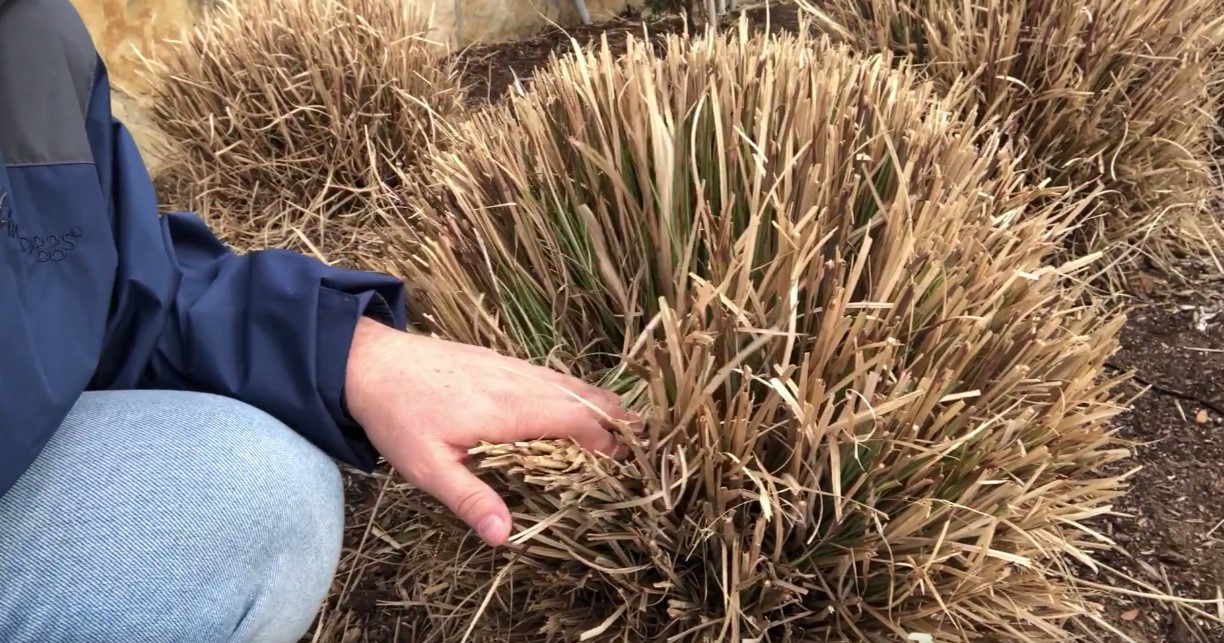
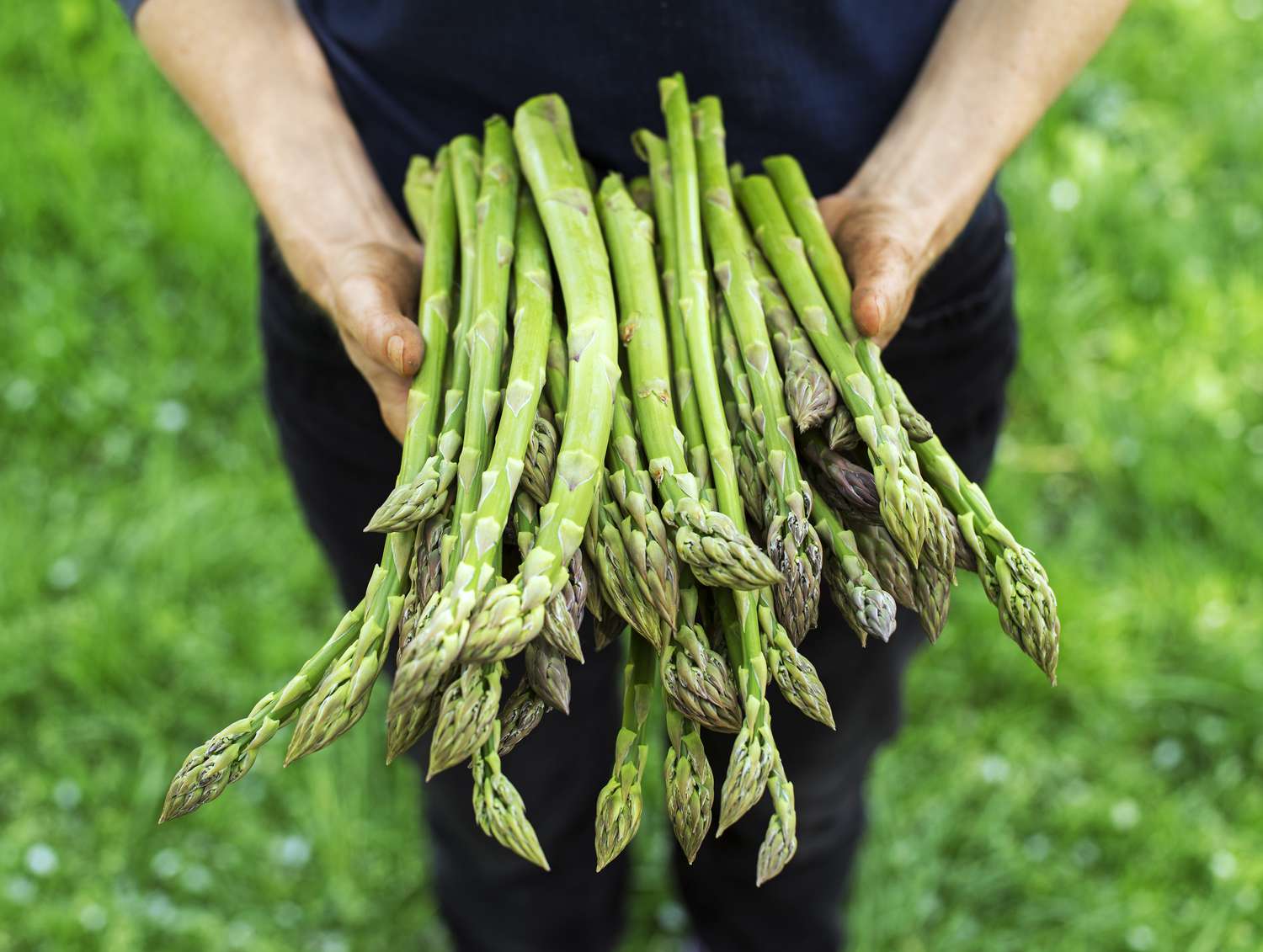
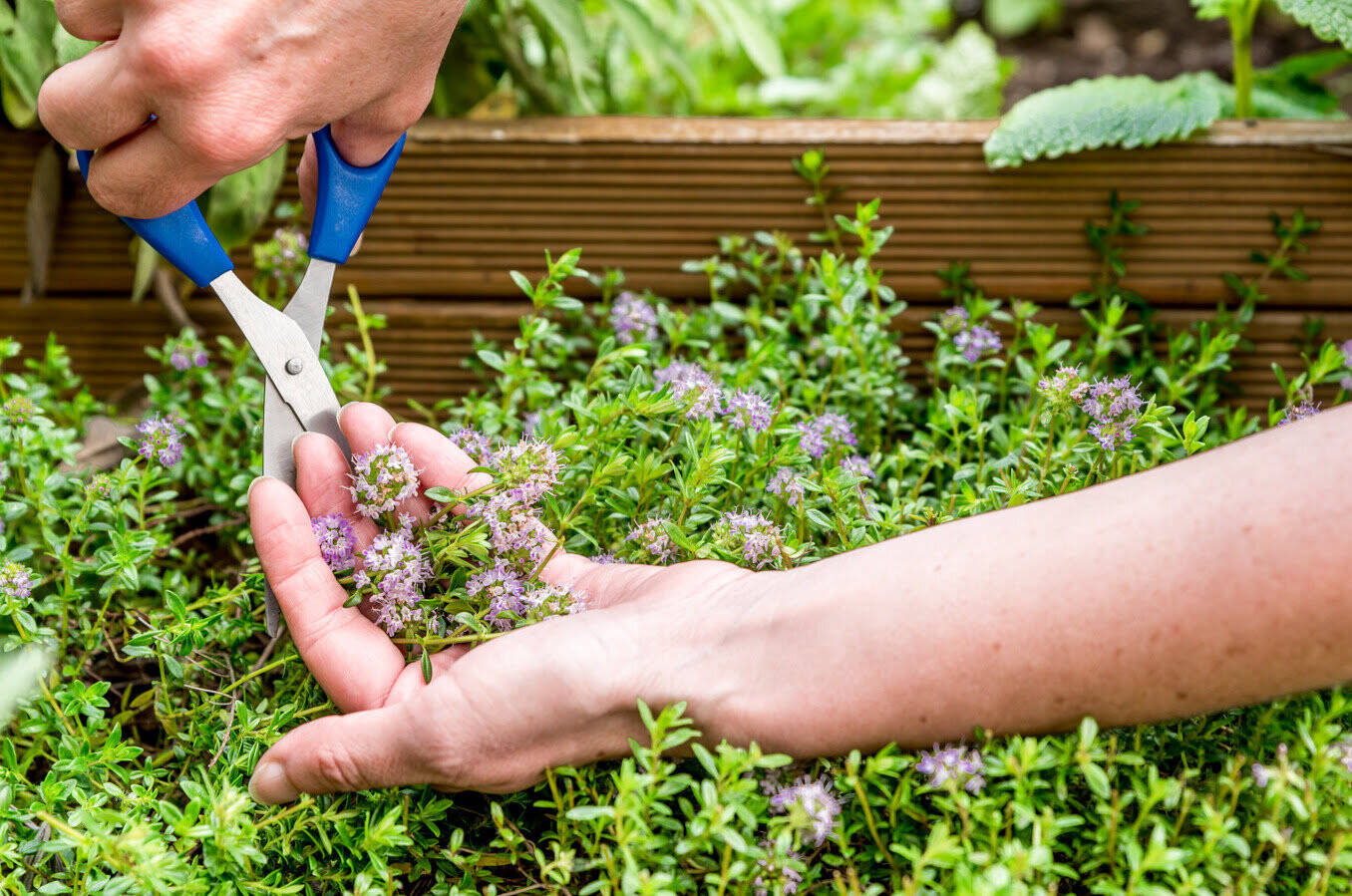

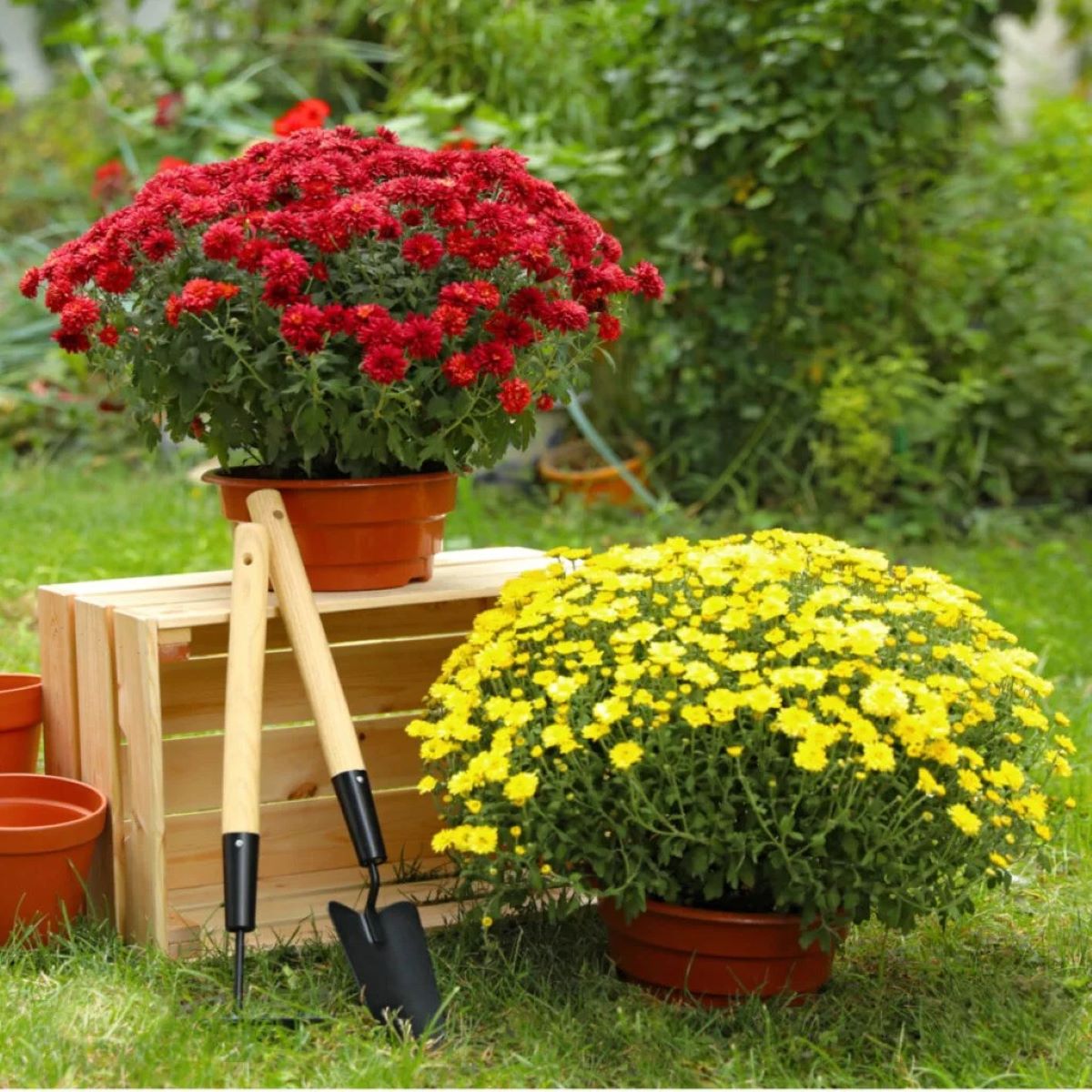
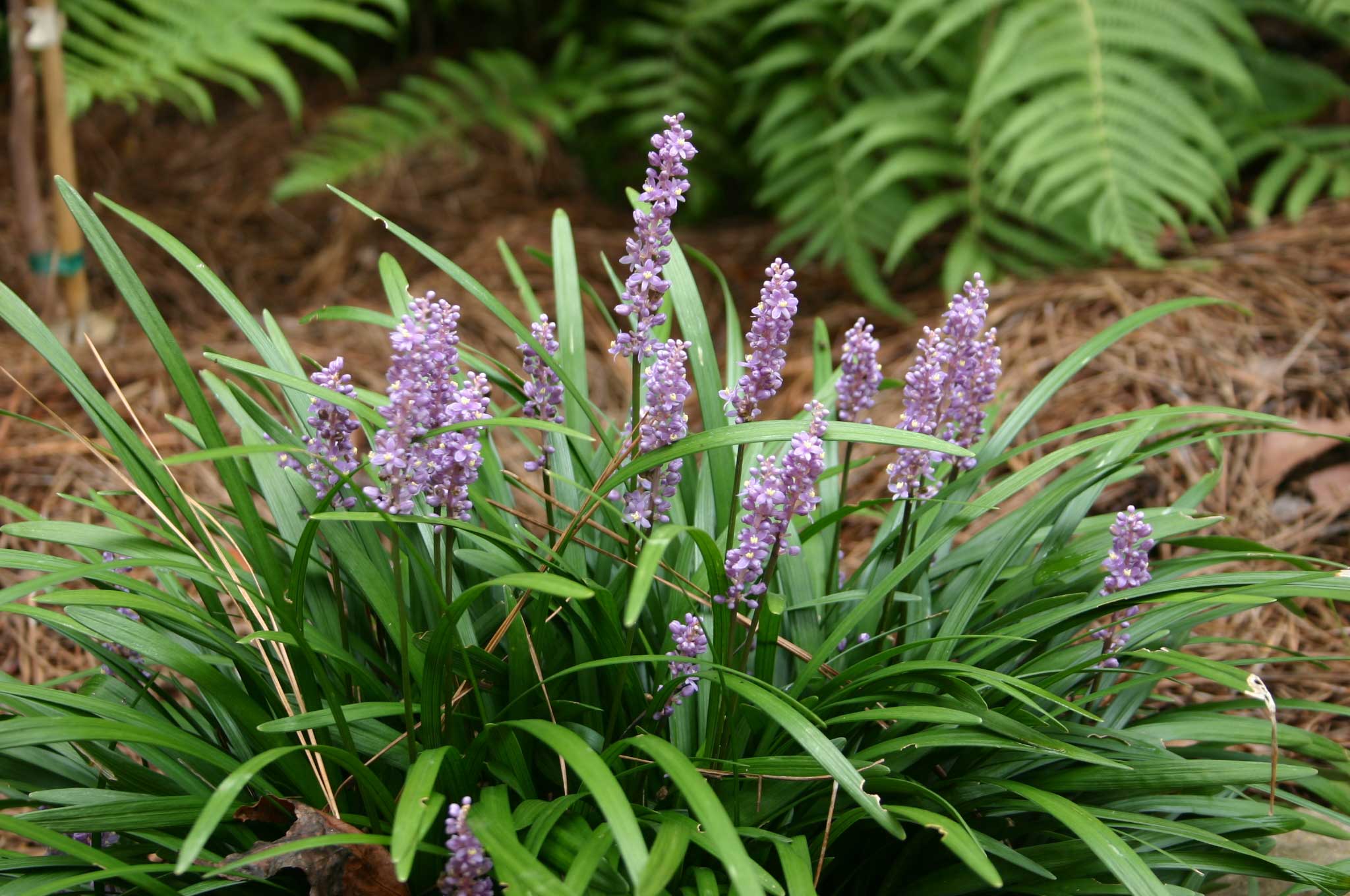
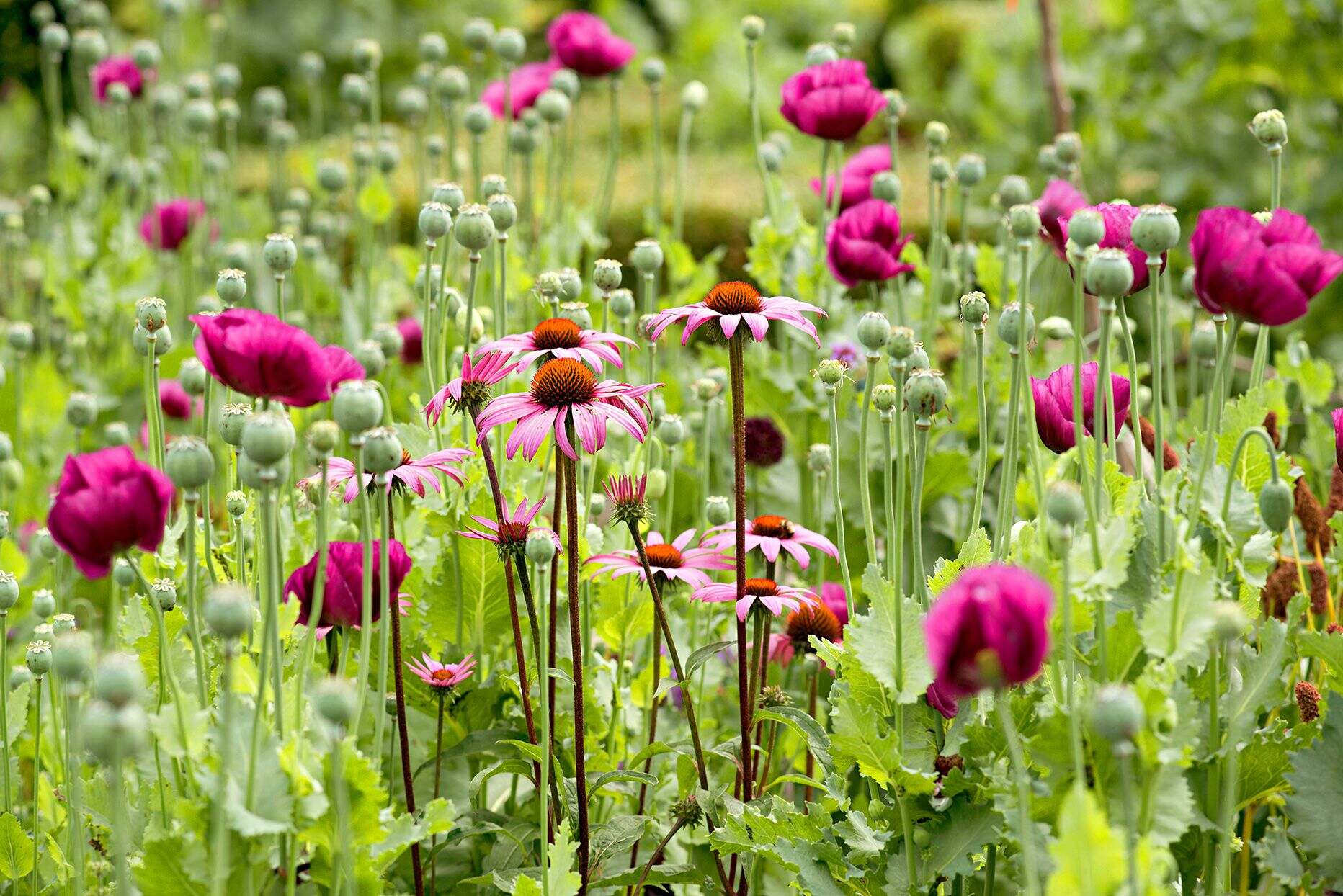
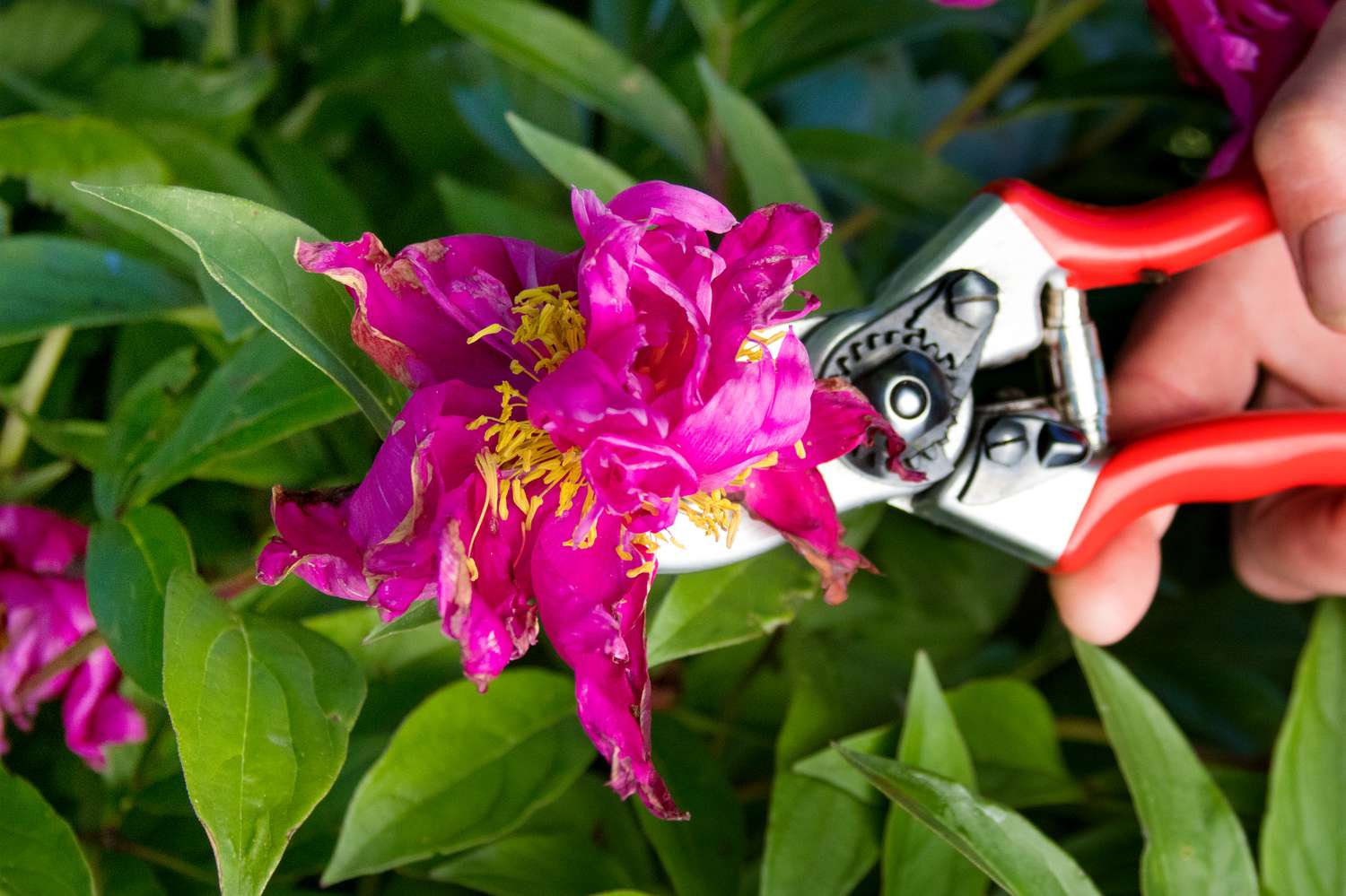
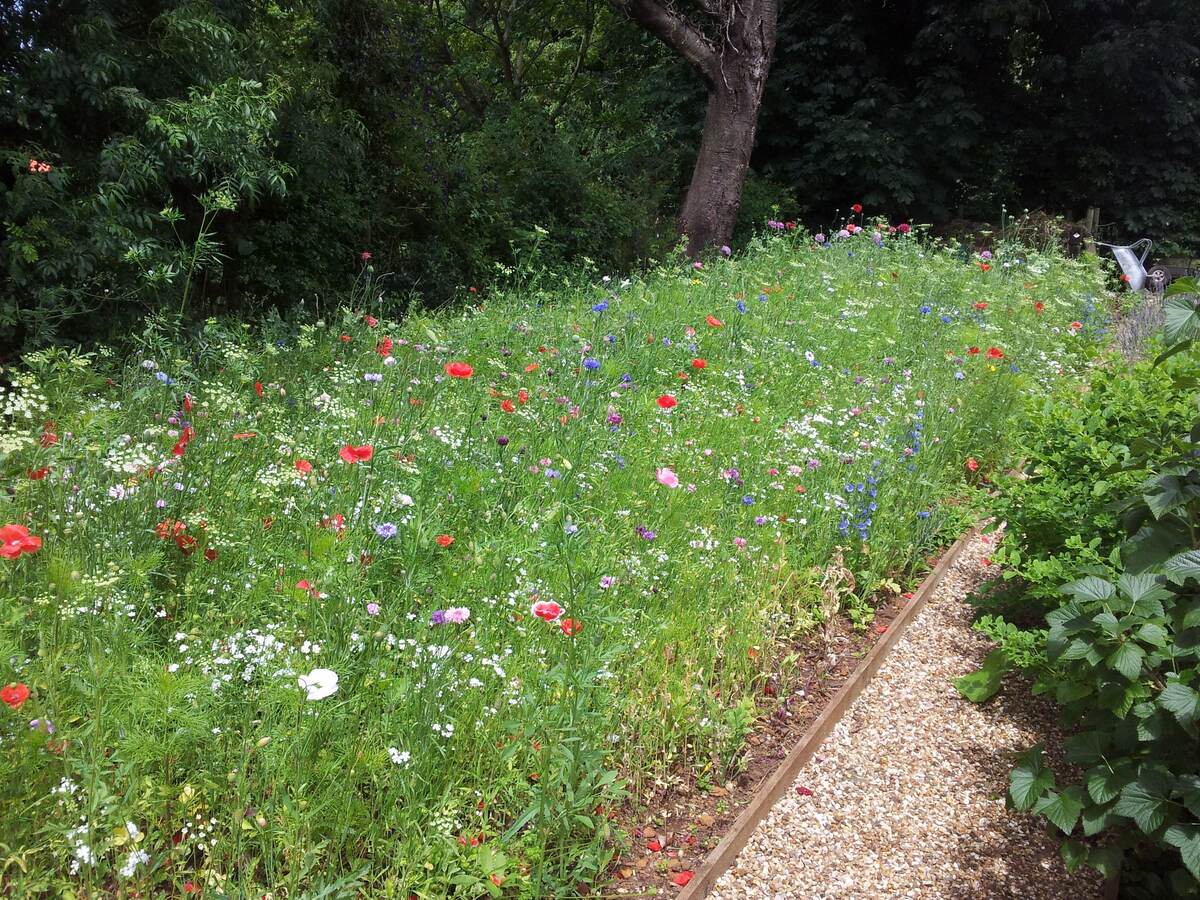
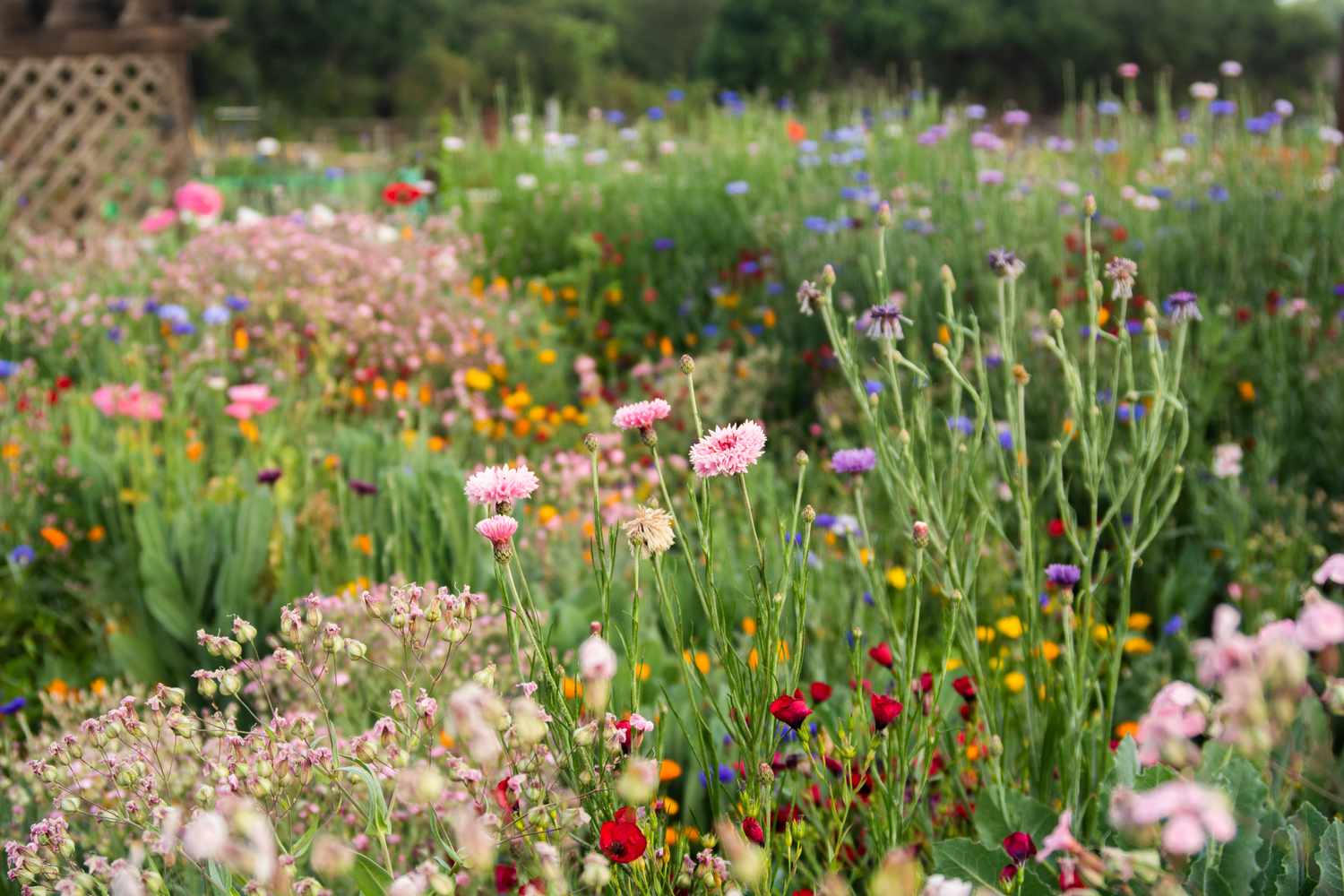
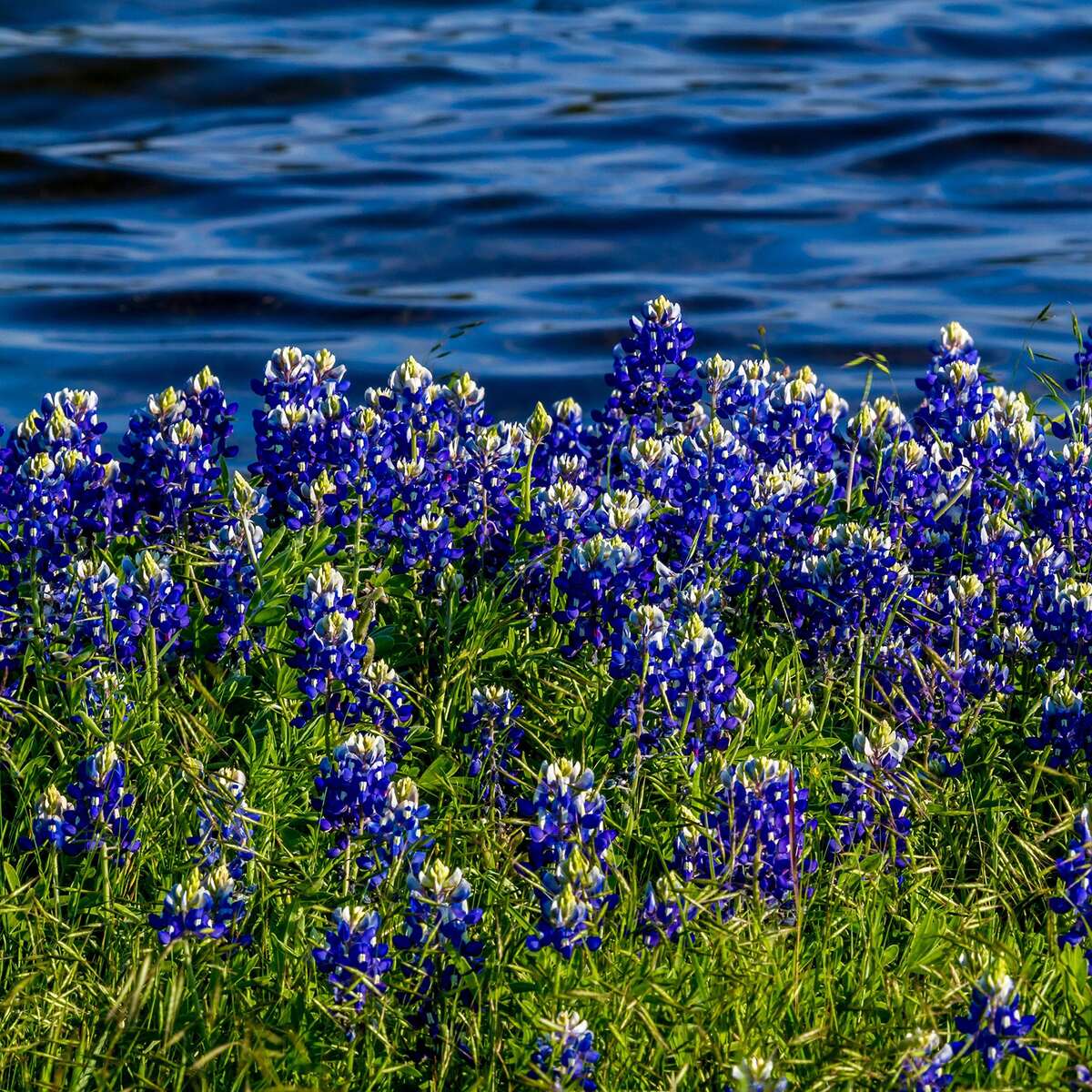
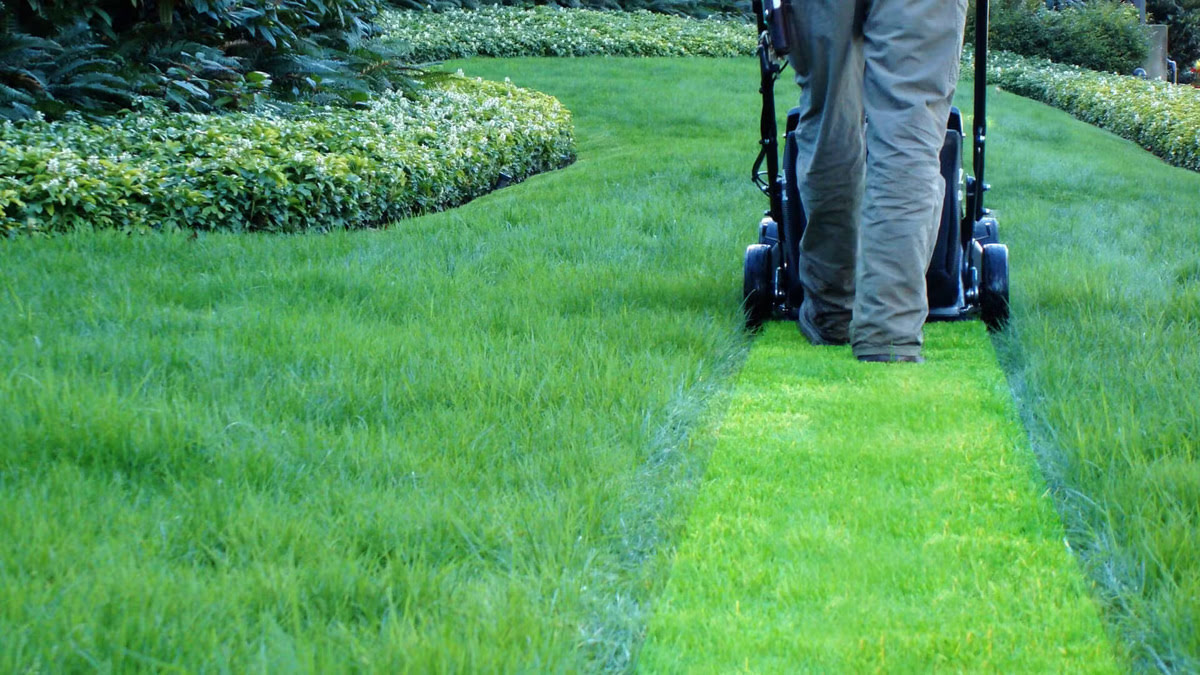
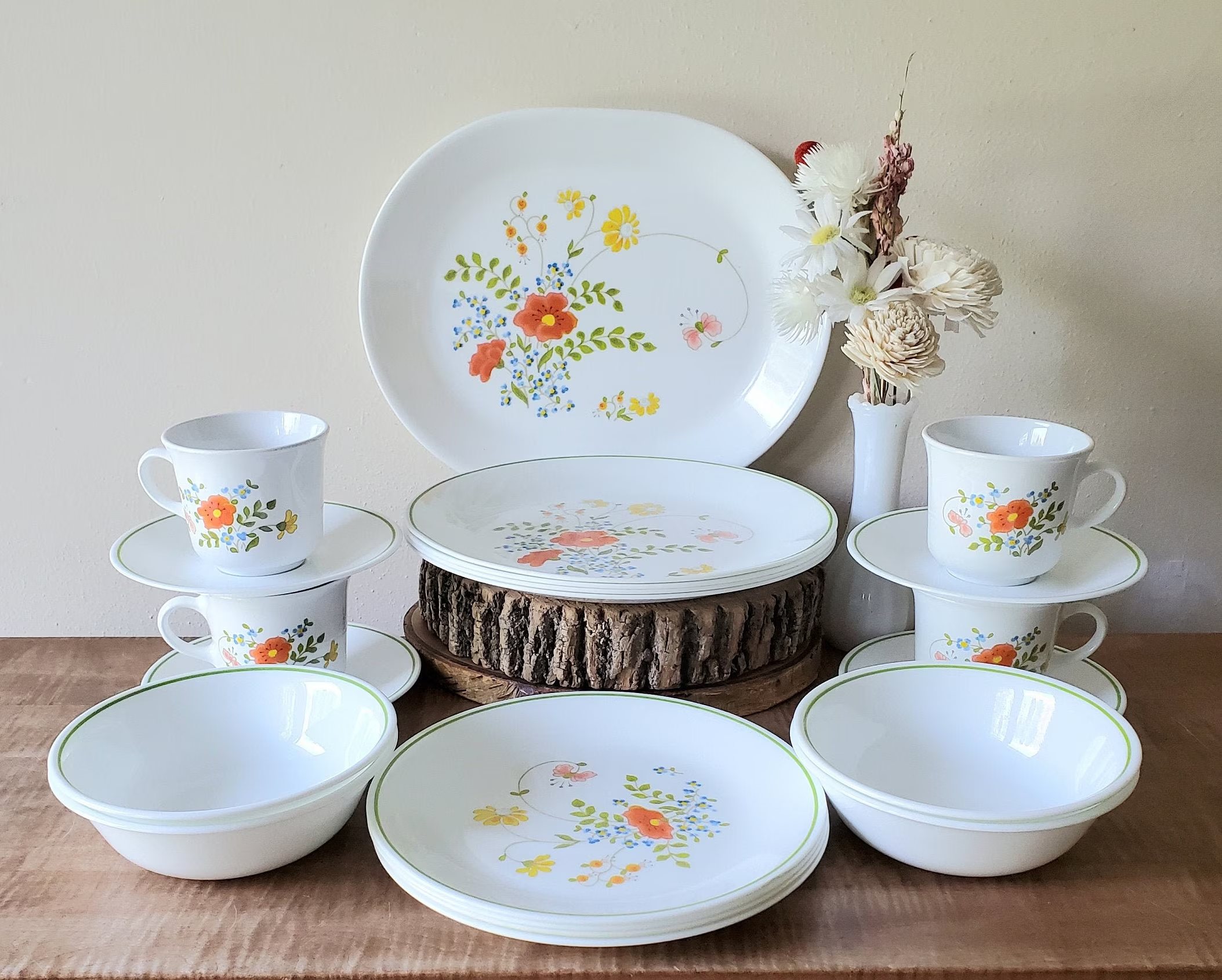
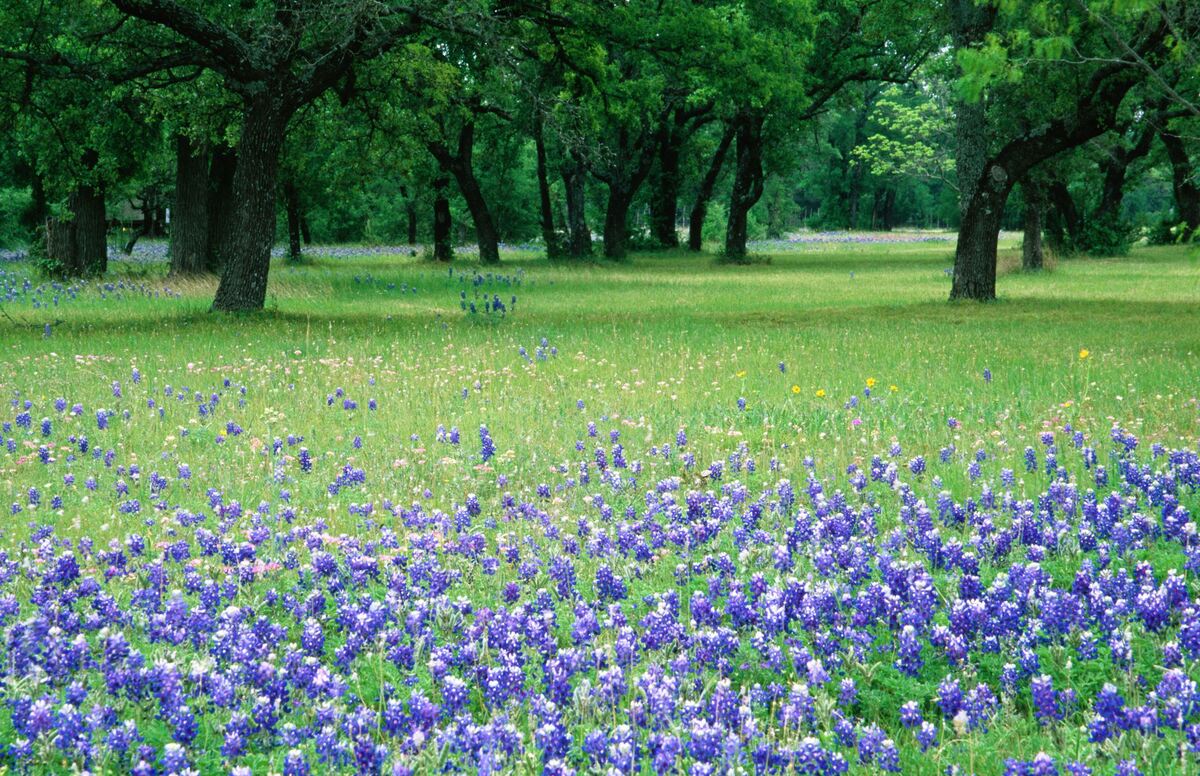

0 thoughts on “When To Cut Back A Wildflower Garden”